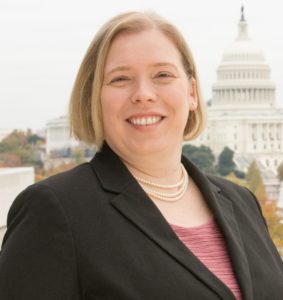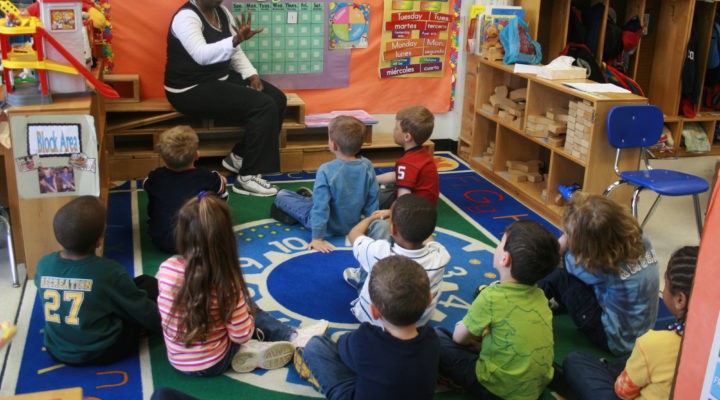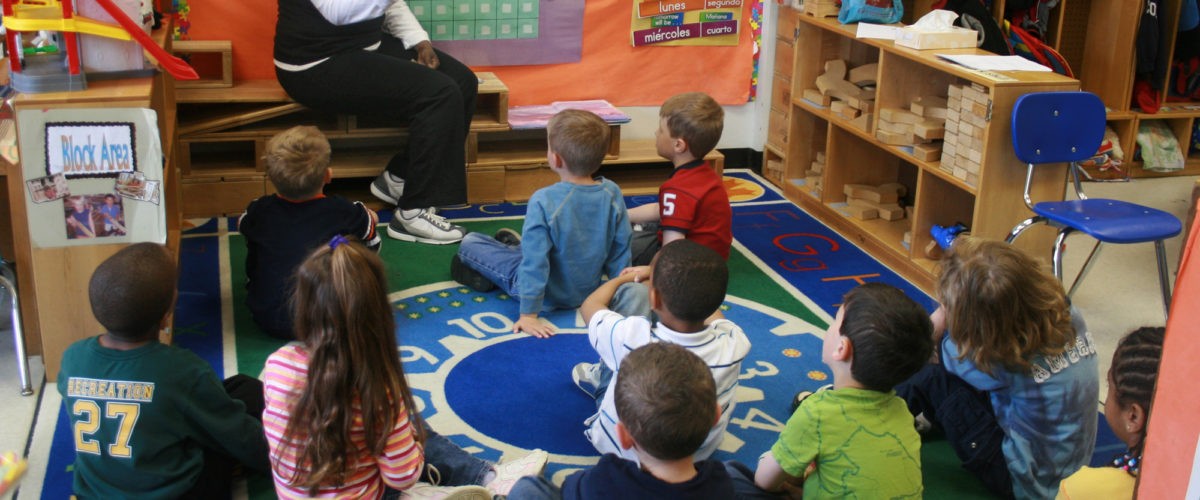“Reopen schools” is a good slogan, but it is far from a plan.
The coronavirus continues to challenge public school administrators, teachers, parents and students who want a safe return to the classroom. Congress should do its part to support them, not exacerbate educational inequities by shuffling more taxpayer money to private schools.

Jennifer Hawks
BJC is one of 13 national religious organizations calling on Congress to fund public education in the HEALS Act, the coronavirus relief legislative package proposed by the Senate’s Republican majority. The letter sent by the religious groups advocates for necessary financial support that will be required as schools physically reopen or are reimagined for online learning. It also demands that funds not be further diverted from public schools to private education.
Private schools already are eligible for economic aid through the Paycheck Protection Program and other relief programs for private entities in the previously passed CARES Act. The HEALS Act would expand the PPP, and eligible organizations could get a second forgivable loan of up to $2 million.
While a full accounting of payments to private schools has not been made public, initial disclosures from the Small Business Administration of PPP loans approved between the amounts of $150,000 and $10 million are disturbing. Private schools — both religious and secular — received between $2.67 billion and $6.47 billion in forgivable PPP loans, according to a recent report from Americans United for the Separation of Church and State. Plus, we know the total amount of economic relief is higher as this range does not include private schools that received loans less than $150,000, nor does it include relief provided through other provisions of the CARES Act.
Private schools not only have received federal assistance through the PPP but have benefited from Department of Education regulations designed to assist them. With the CARES Act, Congress created two funding streams for public K-12 schools: the Elementary and Secondary School Emergency Relief Fund and the Governor’s Emergency Education Relief Fund.
In order to create new funding streams for private schools, the department egregiously misinterpreted the law. It set aside millions of dollars earmarked for public schools to create a new federal voucher program to pay for education outside the public schools and “clarified” the CARES Act to ensure that nonpublic schools were also included in the Congressionally created funds. We don’t yet know how much of these education stabilization funds ultimately benefited private schools.
“Congress is creating an unfair advantage that harms public funding for public schools.”
By failing to acknowledge that PPP provides funding for private school education, Congress is creating an unfair advantage that harms public funding for public schools. Because the Small Business Administration refuses to release a complete list of organizations receiving PPP loans and the amounts of those loans — and because the Department of Education has mandated public schools share their portion of the relief package with non-public schools — a precise comparison of the aid provided to public and private schools through the CARES Act is impossible. However, even under the most generous comparison with this limited data, private schools have been the clear winners over public schools in terms of aid received. At a minimum, private schools have received at least 20% of what all public schools were allotted, even though they only educate about 10% of our children.
This system can create obscene results. One private school in Ohio with an enrollment of 620 students that advertises an endowment of $52.7 million received a PPP forgivable loan between $2 and $5 million. Its campuses sit in areas served by two public school systems, and those public school systems received a little more than $700,000 for their 7,600 students. That means the public school districts received less than $100 for each of their students while the private school received between $3,200 and $8,000 per student from taxpayer dollars. If these public school systems follow the guidance of the Department of Education, they will spend more than $186,000 of their relief money on providing services for their area’s private schools, further reducing the money available to serve their 7,600 students.
“Private schools have received at least 20% of what all public schools were allotted, even though they only educate about 10% of our children.”
Senate Republicans named this newest relief package the HEALS Act, which is an acronym for Health, Economic Assistance, Liability Protection, and Schools. Unfortunately, the schools they seem interested in building up are not the public schools that serve approximately 90% of schoolchildren, including children of all religious backgrounds and none. As the religious organizations explained in our letter to the Senate, “the needs of the public sector should not be shuffled aside to allow the private sector to double dip in receiving relief provided through our tax dollars.”
If you are concerned about this shift, pick up the phone, write an email or send a tweet to let your senators know. Tell them that you support public dollars for public schools. America’s schoolchildren are depending on you.
Jennifer Hawks is associate general counsel at Baptist Joint Committee for Religious Liberty, where she provides legal analysis on church-state issues that arise before Congress, the courts and administrative agencies. She is a member of the U.S. Supreme Court, Texas and Mississippi bars and has served in paid and volunteer ministry positions in Tennessee, Mississippi and Texas.
Related articles:
Racism and the evolution of Protestant support for private education
Why should private religious schools be exempt from health mandates?


